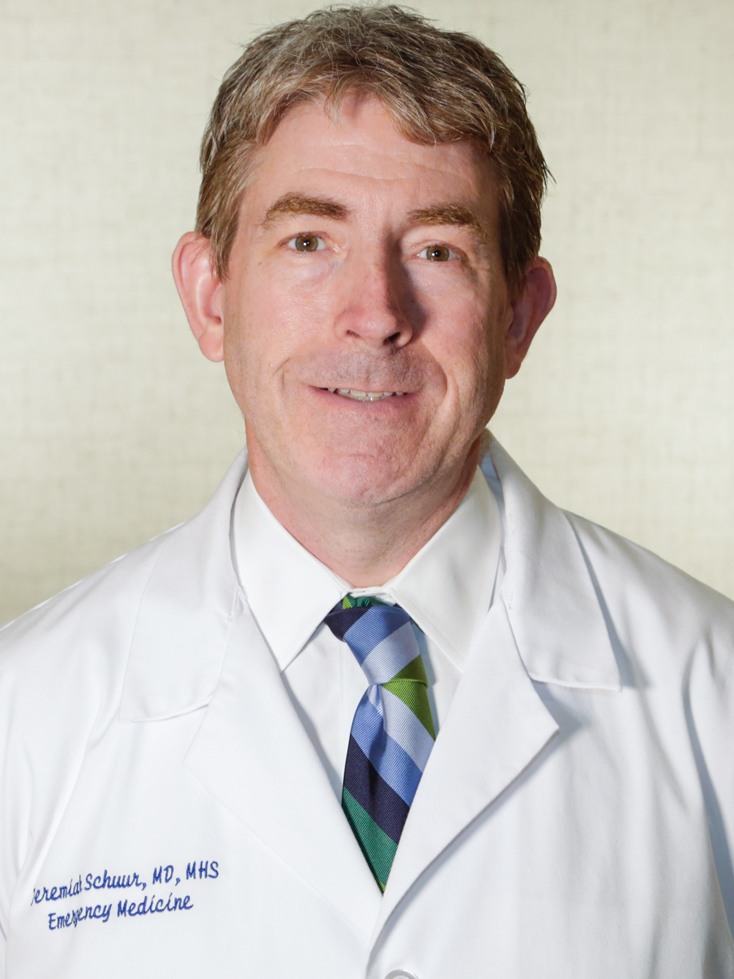The COVID-19 pandemic has underscored both the importance and the difficulties of emergency medicine. With each new variant, emergency rooms became overwhelmed with patients seeking care, causing fatigue and stress for clinicians. But at the same time, other vulnerable populations avoided the department, including older adults, children, and those struggling with drug addiction.
“The last two and a half years have been quite challenging, as you can imagine,” says Jeremiah “Jay” Schuur, chair of the Department of Emergency Medicine at Brown and the Frances Weeden Gibson-Edward A. Iannuccilli, MD Professor of Emergency Medicine. “Philanthropy has played a critical role in making sure that we could continue to focus on research and education in addition to patient care at a time when the main source of our funding was uncertain.”
The department’s physicians care for more than 250,000 patients annually at Rhode Island Hospital Anderson Emergency Center, Hasbro Children's Hospital Emergency Department, The Miriam Hospital Emergency Department, and the Newport Hospital Emergency Department. Often, these visits provide a window into what is happening with at-risk groups throughout Rhode Island.
Academic emergency physicians must balance clinical demands with training the next generation of emergency doctors and conducting research that will shape more efficient and effective emergency care.
“For practicing physicians to become successful, they need to do a significant amount of training, research, and grant writing,” says Schuur. “They need time to do that, and that time requires resources.”
